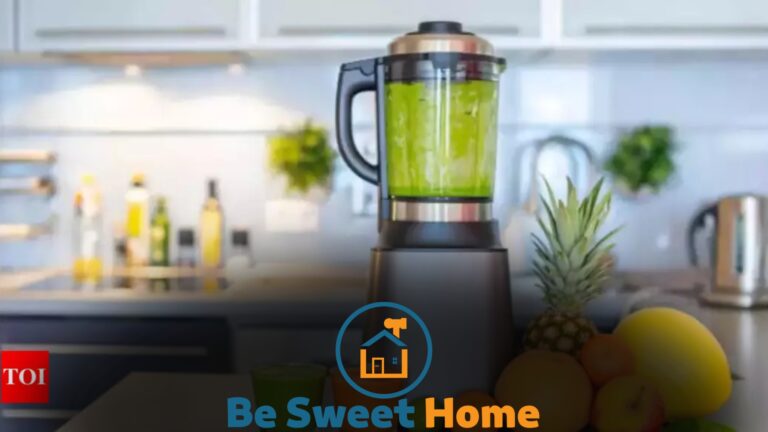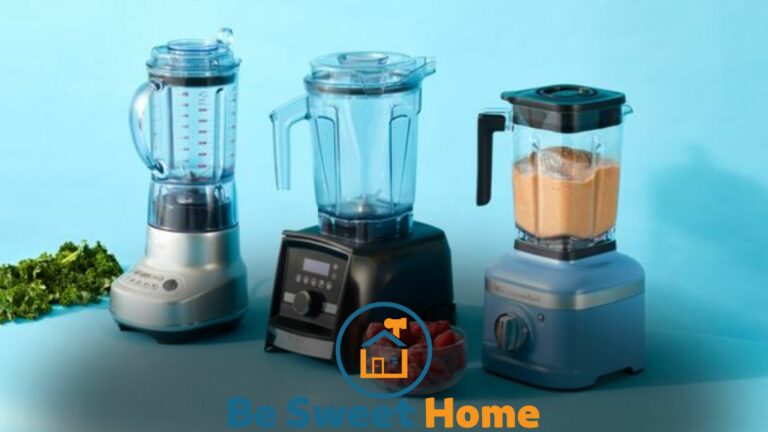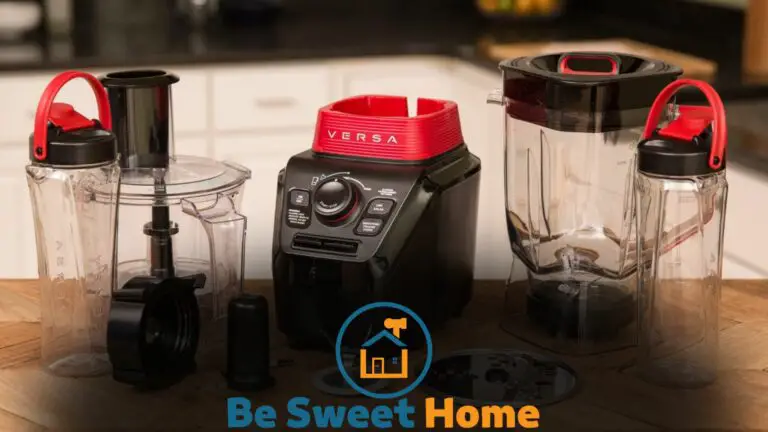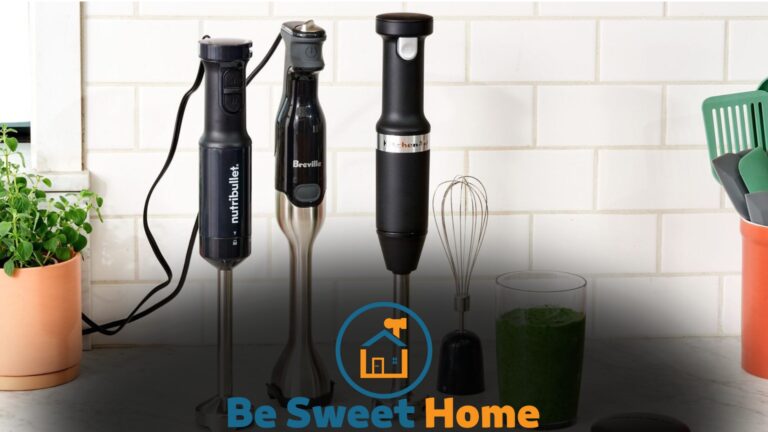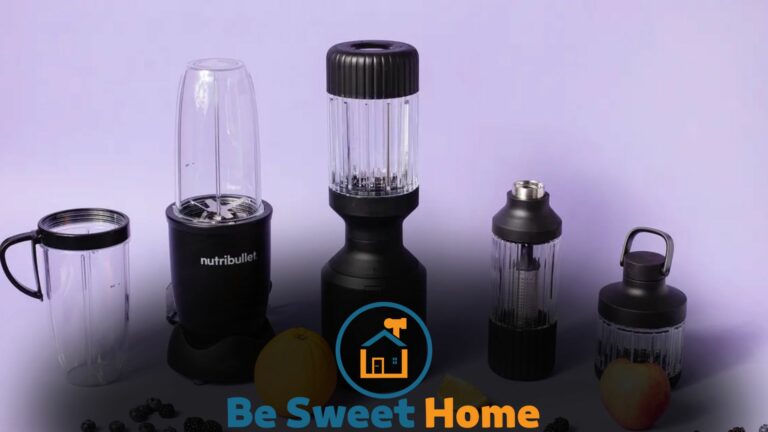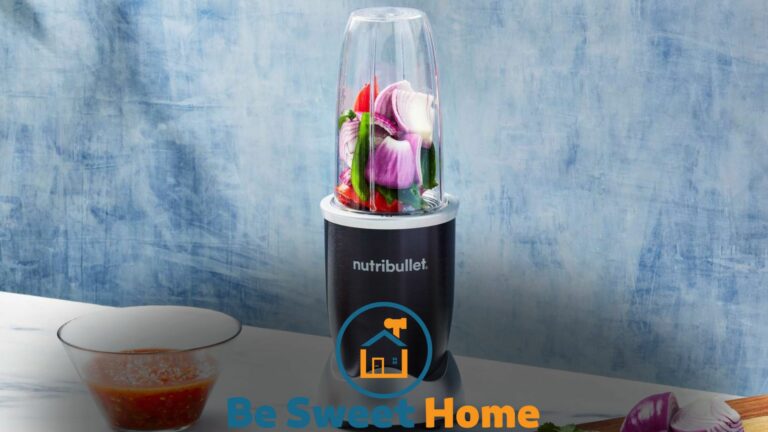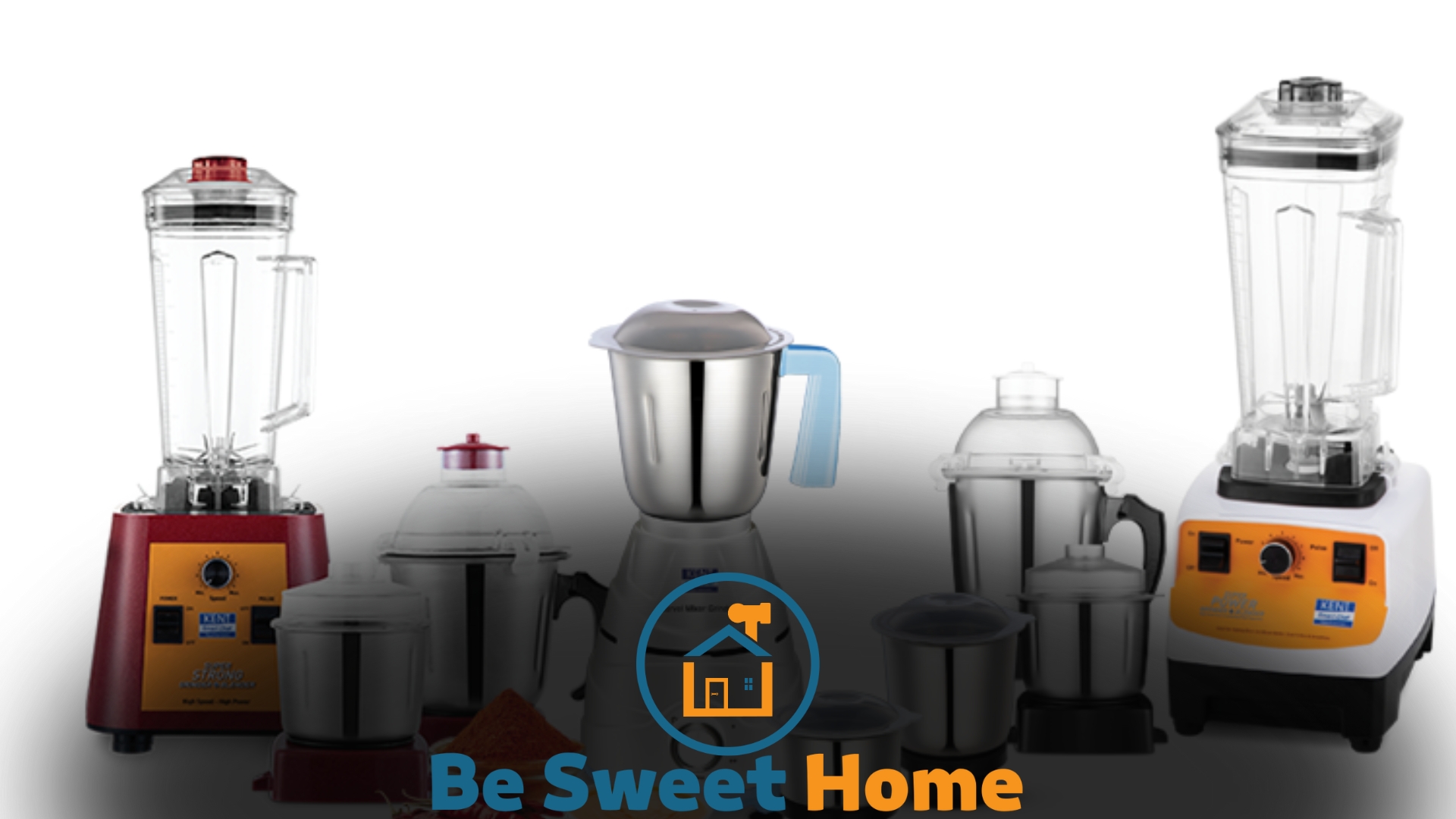

A blender excels at processing liquids and soft foods, while a mixer grinder is ideal for grinding spices and tougher ingredients. The blender creates smoothies and purées, whereas the mixer grinder aids in preparing pastes and powders.
Choosing between a blender and a mixer grinder depends on your kitchen needs. Blenders, with their spinning blades, are perfect for emulsifying, blending, and creating liquid-based concoctions like smoothies, soups, and sauces.
They typically feature a large, tall pitcher and a lid to prevent spills during operation. Mixer grinders, however, are a staple in many kitchens, especially in India, and serve a different purpose.
They are designed with sharper blades and more robust motors to grind complex substances into fine powders or pastes, essential for many recipes, including spice mixes and chutneys.
Compact and versatile, mixer grinders often come with different jars for various tasks, ensuring you have the right tools for grinding, mixing, and sometimes even juicing. Understanding these differences will guide you to the right appliance for your culinary adventures.
Unpacking Kitchen Terminology
Unpacking Kitchen Terminology can feel like deciphering a foreign language. Standard kitchen appliances such as blenders and mixer grinders often become the center of confusion.
They may appear to perform similar tasks, yet these gadgets have different functionalities and specializations. This segment will clarify these differences, ensuring home cooks can make informed decisions for their culinary ventures.
Blender Basics
Blenders excel at processing liquid-heavy tasks. Their design focuses on creating smooth textures from soft ingredients or liquids. A blender jug mounts onto a base that houses a motor.
When turned on, the blades at the bottom of the jug rotate at high speeds, pureeing the contents to a smooth consistency. Consider blenders ideal for:
- Making smoothies
- Whipping up soups
- Preparing emulsions like mayonnaise
Key features often include speed settings and a pulse function for added control.
Mixer Grinder Mechanics
Mixer grinders are the juggernauts of the spice world. Equipped with sharper blades and more powerful motors, these appliances can break down complex substances.
Typically coming with multiple jars, mixer grinders handle an array of tasks:
| Task | Mixer Grinder Role |
|---|---|
| Grinding | Powdering spices, nuts, and coffee beans |
| Blending | Making thicker pastes and chutneys |
| Mixing | Combining ingredients for baking and cooking |
Different jar sizes accommodate variable quantities, from small batches of spice blends to larger portions for baking mixes. The interchangeable blades adapt to the required tasks, making mixer grinders exceptionally versatile.
Design Distinctions
When picking kitchen gadgets, knowing the design distinctions matters. Blenders and mixer grinders share common goals, yet their designs cater to different tasks.
Let’s explore how each is built to perform its unique functions efficiently.
Blender’s Build
The blender’s build is sleek and focuses on liquid tasks. Here’s what sets it apart:
- Tall Pitcher: Blenders often feature a tall container to hold liquids.
- Sharp Blades: These blades are designed to create a vortex, blending ingredients smoothly.
- Simple Controls: Blenders usually have easy-to-use speed settings for various textures.
- Motor Power: They equip motors strong enough to crush ice and mix soft food quickly.
Mixer Grinder’s Configuration
Mixer grinders are built tougher and suited for hard grinding tasks. Their features are as follows:
- Multiple Jars: They come with different jars for dry and wet grinding.
- Diverse Blades: Each jar may have specific blades for particular ingredients.
- Variable Speed: They offer several speed options to handle various food textures.
- Sturdy Build: They have a robust construction to withstand the grinding of hard substances.
Functional Divergence
Understanding kitchen tools like blenders and mixer grinders is essential for efficient cooking. They look similar, yet their skills are unique. It’s like comparing a sprinter to a marathon runner.
Both are runners but with different specialties. So, let’s delve into the specifics of pureeing with blenders and the grinding edge of mixer grinders.
Pureeing With Blenders
A blender’s design primarily tackles liquid-heavy tasks:
- Smoothies: Mix fruits and yogurts for a silky finish.
- Broths: Blend tomatoes or vegetables into delicate soups.
- Shakes: Whip milk and flavorings into creamy beverages.
The blender’s jar is tall. The blades are less sharp but fast. This structure creates a vortex. Ingredients are pulled down for consistent pureeing.
Grinding Edge of Mixer Grinders
Grinding and powdering are where mixer grinders shine.
- Spices: Turn whole spices into fine powders.
- Grains: Mill grains into flours of any texture.
- Dips: Prepare pastes and chutneys with ease.
Mixer grinders boast multiple jars. Their blades are sharp and robust. This setup provides the power needed for hard ingredients.
Culinary Applications
Both blenders and mixer grinders play a vital role in the kitchen. Each appliance has its unique set of functions. Knowing their roles in preparing various dishes can make a chef’s life easier.
Today, explore how blenders and mixer grinders serve different culinary applications.
Smoothies And Soups
Blenders shine when it comes to making smoothies and soups. They have powerful motors and high-speed blades. This design creates the perfect texture for smooth beverages and creamy soups.
- Blenders swiftly mix fruits, vegetables, and liquids.
- They can break down ice for frosty smoothies.
- For hot soups, blenders can combine cooked ingredients into silky mixtures.
Spices And Pastes
Mixer grinders specialize in creating spices and pastes. They can turn hard spices into fine powder or dough into batters.
| Mixer Grinder | Use Case |
|---|---|
| Grinding Spices | Transforms whole spices like cumin into fine powder. |
| Making Pastes | Prepares ginger-garlic paste or coconut paste for recipes. |
Their robust blades cut through dry and wet ingredients with ease. This makes for exquisite spice blends and smooth pastes that elevate your cooking.
Power and Performance
Power and performance are crucial when considering kitchen essentials like blenders and mixer grinders. These two appliances might look similar, but their abilities differ.
Motor Strength
The core of any blending or grinding appliance is its motor. Blenders usually have a lower wattage motor, often ranging between 300 to 1000 watts. This works well for their tasks like making smoothies or blending soft ingredients.
On the other hand, mixer grinders boast more powerful motors, going anywhere from 500 to 750 watts, enabling them to tackle more challenging grinding jobs like spices or making pastes.
Speed Settings
Different tasks in the kitchen call for various speeds. Blenders typically come with 3 to 10-speed settings. This allows for gentle blending or fierce pulsing as needed. Mixer grinders, however, go a step further.
Their speed settings can vary much more, with some models offering up to 12 or even more speeds. This helps achieve the perfect texture for every dish, from coarsely ground to finely powdered ingredients.
| Appliance | Motor Strength | Speed Options |
|---|---|---|
| Blender | 300 – 1000 Watts | 3 – 10 Settings |
| Mixer Grinder | 500 – 750 Watts | Up to 12+ Settings |
Overall, consider your cooking needs when choosing. For essential blending, a lower-power blender suffices. For intense grinding and versatility, choose a higher-power mixer grinder.
Making the Right Choice
Choosing between a blender and a mixer grinder is crucial for your kitchen. The decision shapes how you prep, cook, and enjoy your meals. Both appliances have their unique roles. Knowing which one best suits your needs can change your cooking game.
Kitchen Tasks and Tool Efficiency
Blenders and mixer grinders excel at different tasks. Blenders are your go-to for smoothies, soups, and liquid foods. They have high-speed blades perfect for soft ingredients or liquids.
A mixer grinder, on the other hand, is a multitasker. It’s built for grinding hard ingredients like nuts. It can also mix dough and chop veggies.
| Task | Blender | Mixer Grinder |
|---|---|---|
| Pureeing | Best fit | Good |
| Grinding | Good | Best fit |
| Chopping | Not suitable | Best fit |
| Mixing Dough | Not suitable | Best fit |
Considerations Before Purchase
Before bringing either appliance home, think about your cooking style. Ask yourself what recipes you love. List what features matter most to you.
- Power: Blenders usually need more watts to liquefy.
- Speed Settings: Versatility in speeds can be vital for blending.
- Blade Types: Different blades perform diverse functions.
- Capacity: Consider the quantity of food you’ll prepare.
- Durability: Quality materials mean longer life.
Also, think about your kitchen space. Do you have room for one or both? Space might decide for you.
Check online reviews, look for trusted brands, and compare warranty periods. Read user experiences to understand efficiency and longevity.
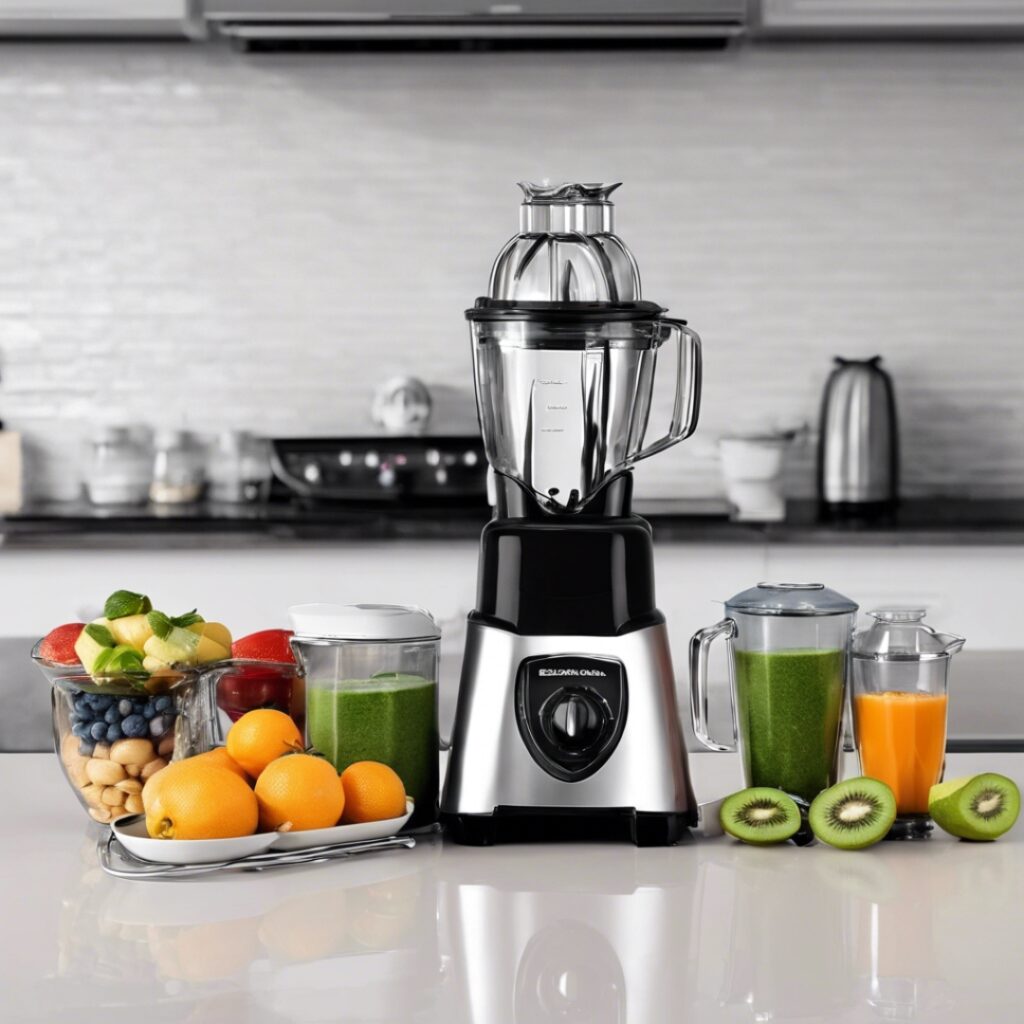
Frequently Asked Questions
What Distinguishes a Blender From a Mixer Grinder?
Blenders are designed for smooth blending, primarily liquids, and soft foods, whereas mixer grinders can handle tougher ingredients like grains and spices, providing both grinding and mixing functionalities.
Can a Blender Grind Dry Spices?
Typically, blenders are not suited for grinding dry spices as they require more power and specialized blades, which are features of mixer grinders.
Is a Mixer Grinder Good for Making Smoothies?
Mixer grinders can make smoothies, but they may not achieve the same silky texture offered by a high-speed blender specifically designed for smooth blending.
What is Best for Making Dough, a Blender or a Mixer Grinder?
A mixer grinder with a dough attachment is the preferred choice for making dough, as blenders are not meant for the heavy-duty task of dough kneading.
Are Mixer Grinders More Versatile Than Blenders?
Mixer grinders are more versatile with their ability to handle various tasks such as mixing, grinding, and sometimes juicing, compared to blenders’ more single-focused blending function.
Conclusion
Understanding the differences between blenders and mixer grinders empowers you to choose the right tool for your kitchen tasks. Blenders excel at liquid-based jobs, while mixer grinders tackle various dry and wet grinding tasks with finesse.
Select the best fit for your culinary endeavors, ensuring you can whip up recipes easily and precisely.
Embrace the power of the appropriate appliance and elevate your cooking game.

